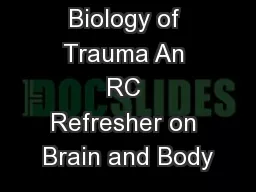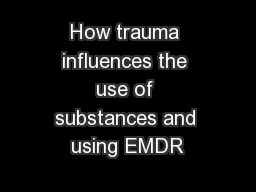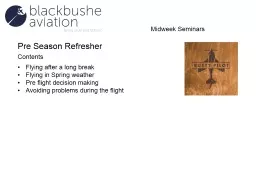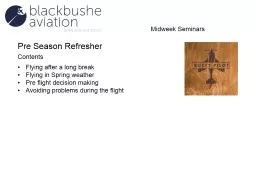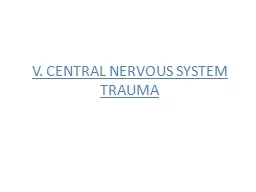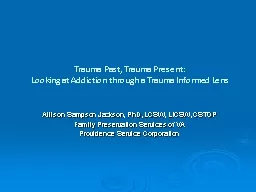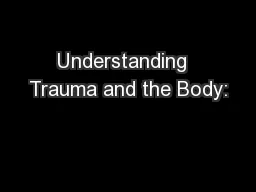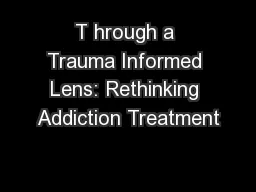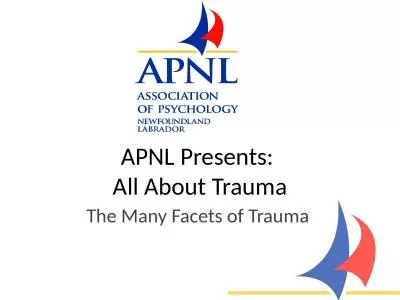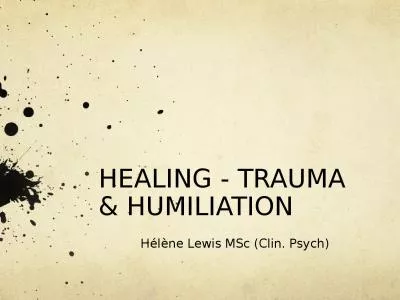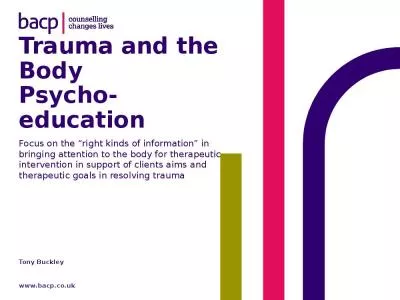PPT-1 The Biology of Trauma An RC Refresher on Brain and Body
Author : sherrill-nordquist | Published Date : 2018-03-16
Intolerable Feelings 2 Disrupted Development Childhood Traumatic EventsACEs Attachment Self capacities Feelings Management Inner Connection Worthy of Life Current
Presentation Embed Code
Download Presentation
Download Presentation The PPT/PDF document "1 The Biology of Trauma An RC Refresher ..." is the property of its rightful owner. Permission is granted to download and print the materials on this website for personal, non-commercial use only, and to display it on your personal computer provided you do not modify the materials and that you retain all copyright notices contained in the materials. By downloading content from our website, you accept the terms of this agreement.
1 The Biology of Trauma An RC Refresher on Brain and Body: Transcript
Download Rules Of Document
"1 The Biology of Trauma An RC Refresher on Brain and Body"The content belongs to its owner. You may download and print it for personal use, without modification, and keep all copyright notices. By downloading, you agree to these terms.
Related Documents

